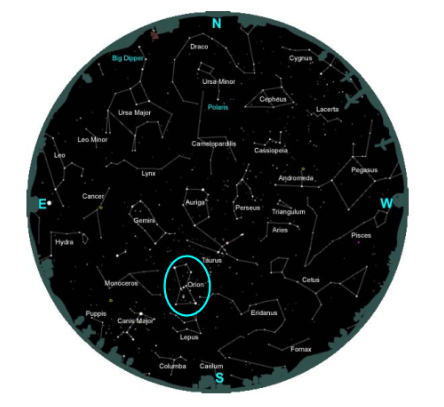
3 Common Constellations
What is a constellation? According to NASA, “it’s a group of stars that forms a particular shape in the sky and has been given a name,” (NASA, Constellations). Constellations used to be important for traveling. Constellations were used for the Underground Railroad, and much more. Previously, I wrote an article on stars and why they are useful. If you want to view that article, preview the following link: Stars, Why Are They Useful? – EMS Sound. In this story, I wrote about constellations, or groups of stars that make a shape and have a name. The three constellations I wrote about are Hercules, Aquila, and Orion.
1; Hercules
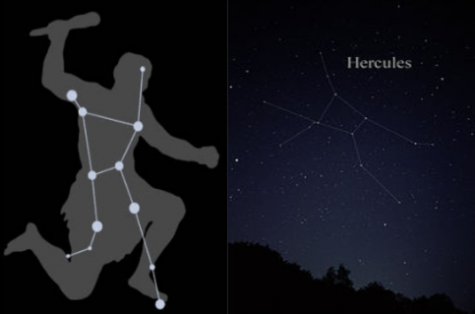
Hercules is the Roman name for the Greek god Heracles. He was the son of Zeus and he is known for his strength and “far-ranging adventures.” Hercules is one of the most well known Greek mythological heroes. In the Northern Hemisphere, Hercules can be viewed from April to November. In the Southern Hemisphere, Hercules can be viewed from June to September. The main stars that make up the constellation Hercules are Zeta, Sarin, Kornephoros, and Rasalgethi. To find Hercules, look and find four stars that make up a keystone that makes up Hercules body (or chest). For more on how to locate Hercules, view the following link: www.earthsky.org.
2; Aquila
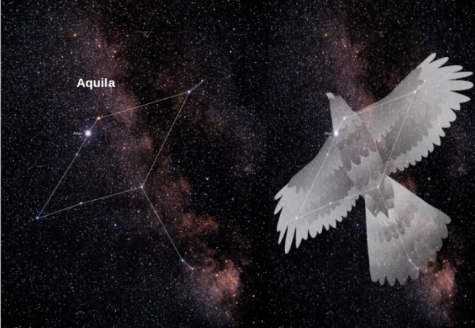
Aquila is another constellation related to Greek Mythology. Aquila was the pet eagle of Zeus. Aquila brought a person up to Mount Olympus named Ganymede to be a cupbearer to his master. However, Aquila also had a dark side when relating to Prometheus. Prometheus was a Titan who was a trickster and the god of fire. The myth says that he stole a ray from the sun and gave it to humans so that they can make fire. Zeus did not think that the humans deserved it and he chained Prometheus to a mountain and made Aquila go and attack him everyday. Since he was a god, his wounds healed and he was just attacked over and over everyday. After many years, Hercules saved Prometheus and went and shot Aquila with his bow. Zeus then put AQuila in the sky so he could soar in the heavens. If you want to locate the Aquila constellation, it can be found in the Northern sky by the celestial equator. When looking for the constellation Aquila, look for its brightest star; Altair. Altair is the twelfth brightest star in the sky and instead of being spherical, Altair is flattened at its poles due to the star’s constant rotation.
3;Orion
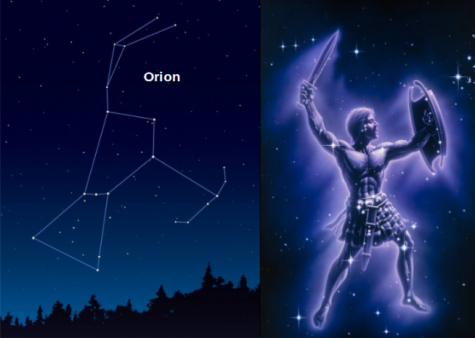
Orion also relates to Greek Mythology because he was the son of Poseidon. The myth says that Poseidon gave Orion the ability to walk on water. Being able to walk on water is how he was able to walk to the island of Chios. After drinking too much, he got together with the local king’s daughter and got into some trouble with the king. The king had him blinded and removed from the island. From there, he went to the sun god Helios, and and he restored Orion’s eyesight. Orion the traveled to Crete and hunted with the huntress god Artemis and her mother Leto. Orion was so enthusiastic he said he would kill every animal in the world. Gaea, the goddess of earth, then got angry and set a giant scorpion on Orion and the scorpion successfully killed him. Zeus then placed Orion and the scorpion in the sky as constellations. If you want to locate Orion, he is located in the South or the Southwestern part of the sky. Orion is fairly easy to spot if you are a beginner at finding constellations. Just look for 3 horizontal stars, which make up his belt, and locate 3 vertical stars that make up his sword.
If you are going to be a stargazer or would just like to locate constellations for fun, it might be easier to start with some of the more easier ones to locate. These constellations include things like the Big Dipper and The Little Dipper, Orion, Taurus the bull, and Gemini the twins. To read more about constellations, view the following site; https://stardate.org/nightsky/constellations. To locate some of these constellations or to know where they are at in the night sky, view the constellation chart below.
*Note that all constellations might not be on this chart*
Northern Sky:
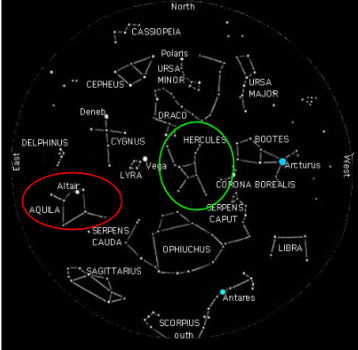
Southern Sky:
